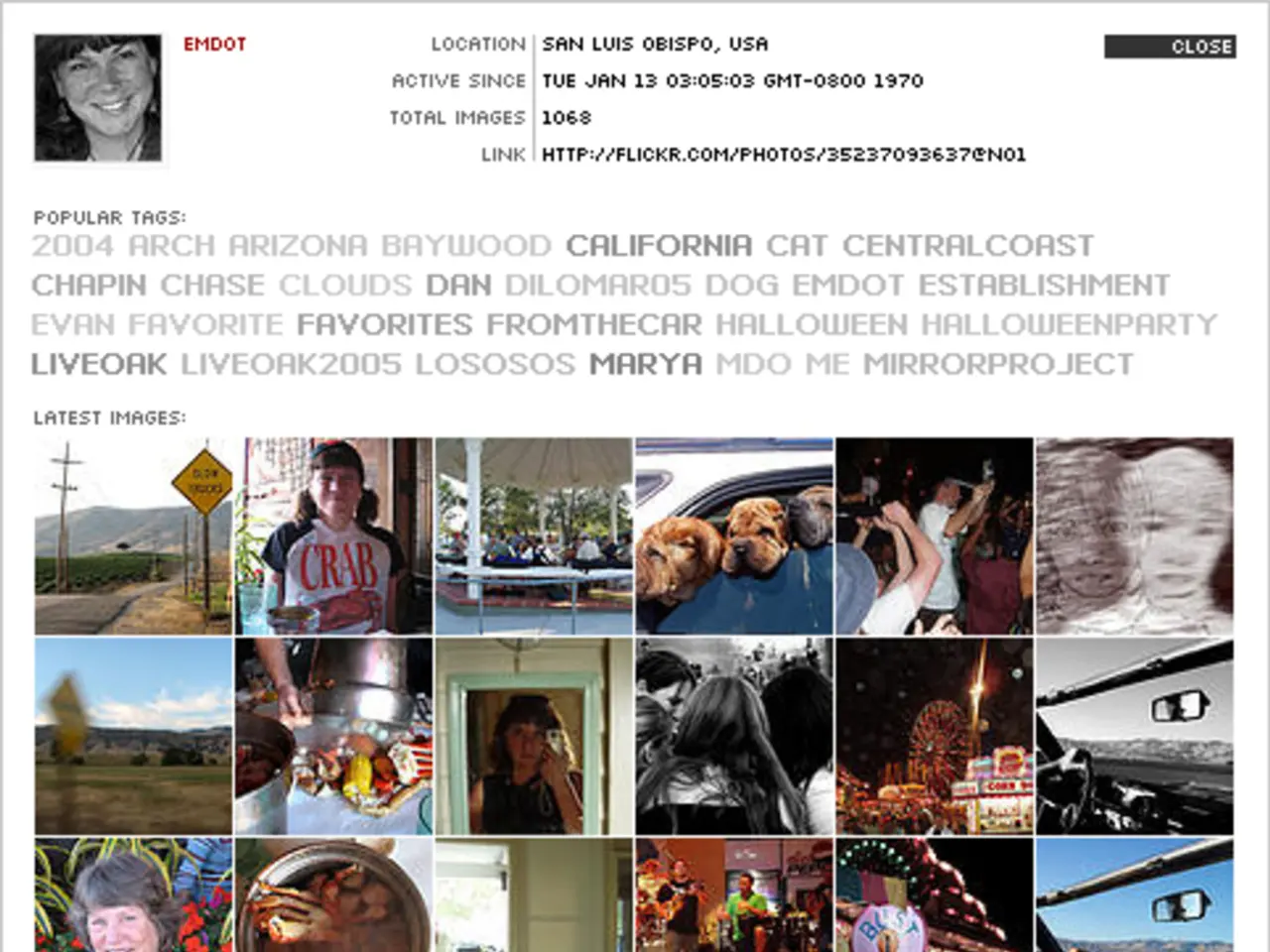AI Image Generation's Hidden Prejudice: The Significance Explained
In the ever-evolving world of artificial intelligence (AI), a growing concern has emerged regarding the perpetuation of harmful stereotypes in image generation. This issue, rooted in biased training data, has far-reaching consequences that extend beyond image generation to areas like hiring and law enforcement.
Many AI image generators, such as Stable Diffusion, DALL-E, and Google Gemini, are trained on large internet datasets that disproportionately represent certain demographics. This skewed representation, stemming from historical and societal biases in media and online content, leads AI models to reinforce stereotypes. For instance, AI is more likely to complete a cropped image of a man wearing a suit, while depicting a woman in revealing clothing like a bikini or low-cut top when presented with a cropped image of her[1][2].
Additional causes include unbalanced class distributions within training datasets, attempts to "correct" biases without proper calibration, and inherent algorithmic and design flaws[3][4].
The consequences of this bias are significant. It reinforces harmful stereotypes about gender, race, and roles, potentially exacerbating exclusion and inequality in social, professional, and digital contexts. Moreover, biased AI outputs in sensitive areas like job recruitment, justice, policing, and education can lead to discriminatory outcomes[2][4].
To address this issue, a multi-faceted approach is necessary. This includes diversifying training data, fostering inclusive AI development teams, improving transparency and testing, incorporating user feedback mechanisms, and adopting ethical AI training paradigms[1][2][3][4].
By diversifying datasets and ensuring equal representation, we can reduce skew and create AI systems that better reflect societal diversity. Developing AI with diverse and multidisciplinary teams can help identify biases early. Implementing continuous bias testing, audits, and transparency about AI decision processes can help pinpoint problematic outputs and refine models over time. Incorporating user feedback and adopting methodologies that seek to reduce inherited and paradoxical biases without causing over-corrections or factual distortion are also crucial[1][4].
In conclusion, the perpetuation of harmful stereotypes in AI image generation is a complex issue that requires a comprehensive solution. By addressing these issues, we can create fairer, more inclusive AI systems that avoid reinforcing harmful stereotypes and better reflect societal diversity.
References:
- Science Magazine. (2021). Semantics derived automatically from language corpora contain human-like biases.
- MIT Technology Review. (2021). An AI saw a cropped photo of AOC. It autocompleted her wearing a bikini.
- The Partnership on AI. (n.d.). AI Bias and Fairness.
- The White House. (2021). Executive Order on Promoting Competition in the American Economy.
- In the future, technology such as AI image generators will require diversified training data and inclusive development teams to minimize the perpetuation of harmful stereotypes, ensuring fair representation and reducing bias in areas like graphics, hiring, and law enforcement.
- To create AI systems that accurately and equitably portray various demographics in graphics, it's crucial to implement continuous bias testing, transparency measures, user feedback mechanisms, and ethical AI training paradigms, ultimately leading to a more diverse and less biased AI technology in the future.




